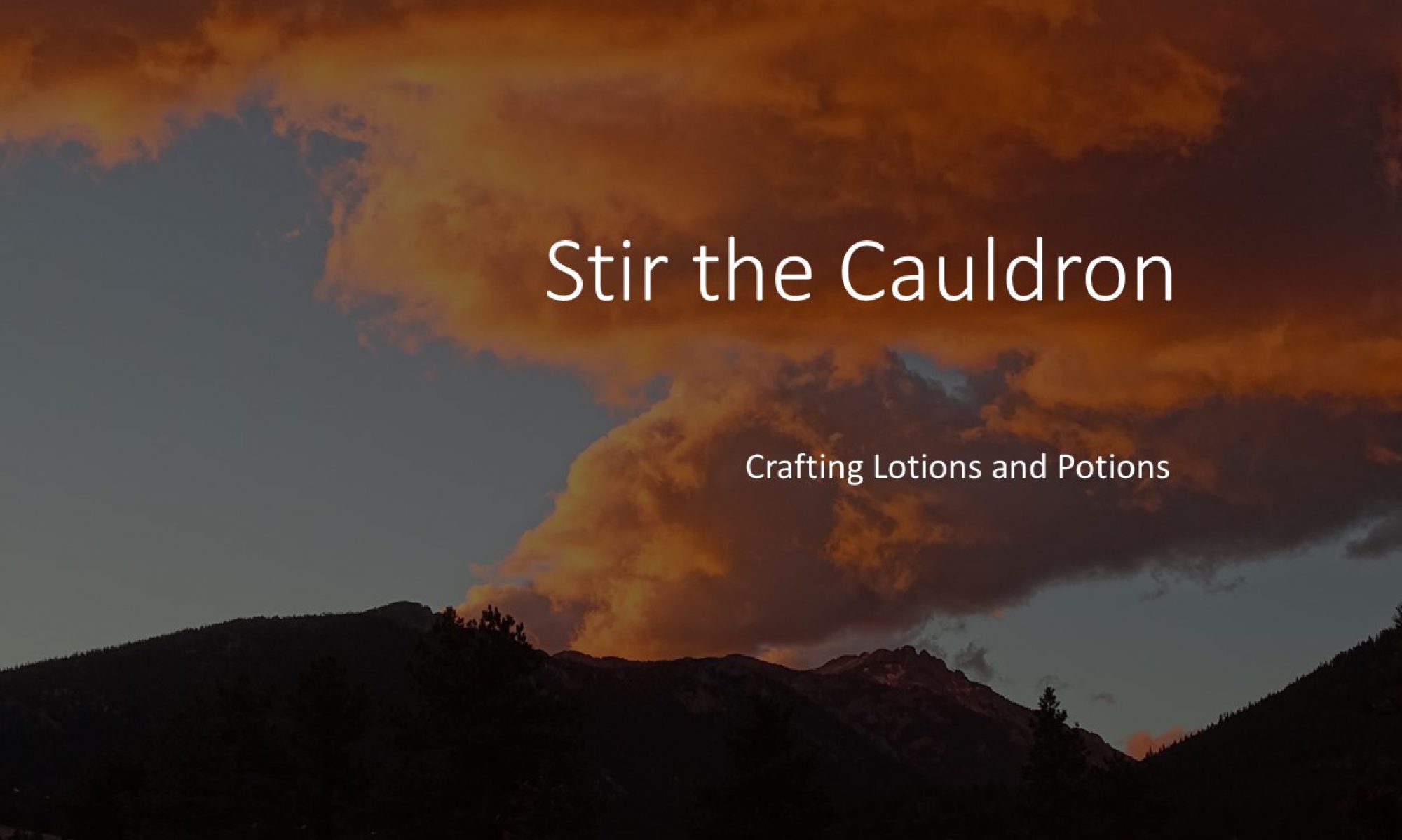Some cosmetics comprise just oils, butters and waxes. The vast majority comprise oils (including butters and waxes) mixed with water or water-based ingredients. The oils soften and nourish skin while the water-based ingredients provide hydration. It’s a proven combination, but presents some challenges. One challenge is that he combination of oil and water provides the perfect environment for bacterial and fungal growth. I’ll address that in a later post about preservatives. In this post I’m going to address how we get the oils to stay mixed with the water-based ingredients.
Mixing Oil and Water
We all know that “oil and water don’t mix”.
In truth, Oil and water DO mix. The challenge is to keep them mixed, and that’s where emulsifiers come in.
An emulsion consists of tiny droplets of one liquid dispersed in another liquid. A familiar example would be an oil and vinegar salad dressing. The oil floats on the vinegar until you give it a really good shake. Then the two layers mix into one cloudy layer. In this case tiny droplets of oil are dispersed throughout the vinegar. After a while the layers separate again.
Let’s walk through the process of creating an emulsion, looking at what happens to the molecules in each liquid.
Making an emulsion
We start with two layers that I’m going to call “oil” and “water”. (They could just as easily be oil and vinegar, or any two liquids that don’t easily mix.)


The oil molecules are all slightly attracted to each other, and stick together. Similarly the water molecules are attracted to each other, and they stick together too. There is no attraction between any oil molecule and a water molecule. The oil is lighter than the water, so it floats on top.
Now we shake the two layers up together. In this case tiny droplets of oil disperse throughout the water. As before, the oil sticks to itself, the water sticks to itself, and they don’t stick to each other.


If you take a look at the two “droplets” of oil on the right, you’ll see that they are close enough for the attraction between them to take effect. The attraction will pull them closer together until they coalesce into one larger droplet. As the molecules jostle around in the mixture, more and more droplets will come into contact and coalesce until we end up with the two original layers.
Keeping it together
Emulsifiers stabilise the tiny droplets. An emulsifier that works in an oil-in-water emulsion has molecules that look like water to a water molecule, and look like oil to an oil molecule. One end of the emulsifier molecule is a bit like water, and the other end is a bit like oil. The emulsifier coats the droplets in a very thin layer. In this case it makes the oil droplets look like water droplets, both to other oil droplets and to the surrounding water. The oil droplets can’t get close enough to each other for them to be attracted, so they don’t coalesce:


There are lots of emulsifiers that are available to cosmetic manufacturers.
A selection of emulsifiers
The use of beeswax as an emulsifier was first recorded at the end of the first century. Beeswax works effectively in recipes that contain up to about 50% water-based ingredients. Such preparations are known as Cold Creams. Examples are my Hand Creme #14, Heavy Duty Hand Creme #21 and Rescue Hand Cream #22. Each recipe includes about 3% beeswax.
Modern emulsifiers can stabilize emulsions which contain 75% or more water. This is good news if we are trying to create a lotion specifically for hydration. (It’s also really good news for cosmetic manufacturers who can reduce the proportion of costly ingredients in their products to less than 25% of the total.)
There are many emulsifiers available. Each has its own characteristics, its uses and limitations, and cost. Some are sensitive to the pH (acidity) of the formulation in which they are used. Others are made using palm oil. Some may contain traces of solvents or reagents used in their manufacture. I prefer to use emulsifiers that are made in a chemical process that takes olive oil as a feedstock. Olivem 1000 is one example.

The emulsifier that I use most is also derived from olive oil. It is a mixture comprising Cetearyl Olivate and Sorbitan Olivate. The recommended amount to use in a recipe is 1.5 – 4%. I use about 3% in most lotions, and 4% with 1% beeswax in Pumpable Body Lotion #46. It melts at 65-75C, which is somewhat higher than the melting point of beeswax at just under 60C.

Here is a small selection of emulsifiers that you might find listed in the ingredients of cosmetics and toiletries. A quick scan of half a dozen bottles in this household found these:
-
- Sodium Lauryl Sulphate
- PEG-100 Stearate
- Cetearyl Alcohol
- Stearic Acid
- Glyceryl Stearate
- Glyceryl Oleate

One Reply to “E is for: Emulsifier”
Comments are closed.